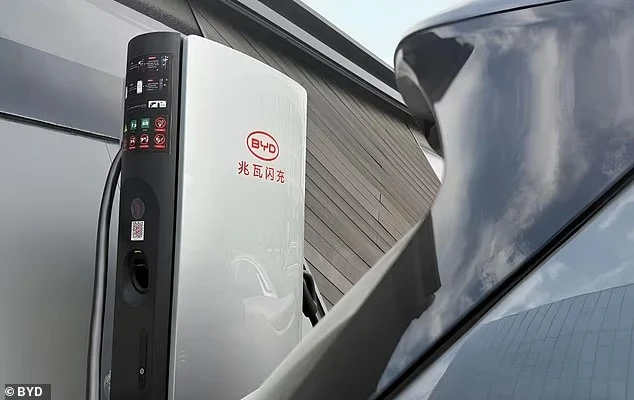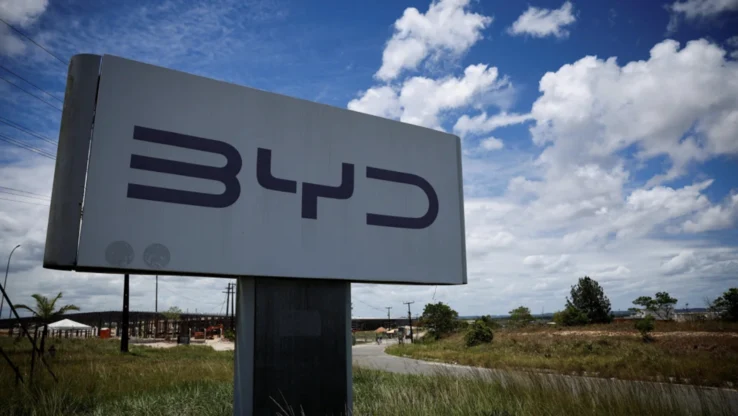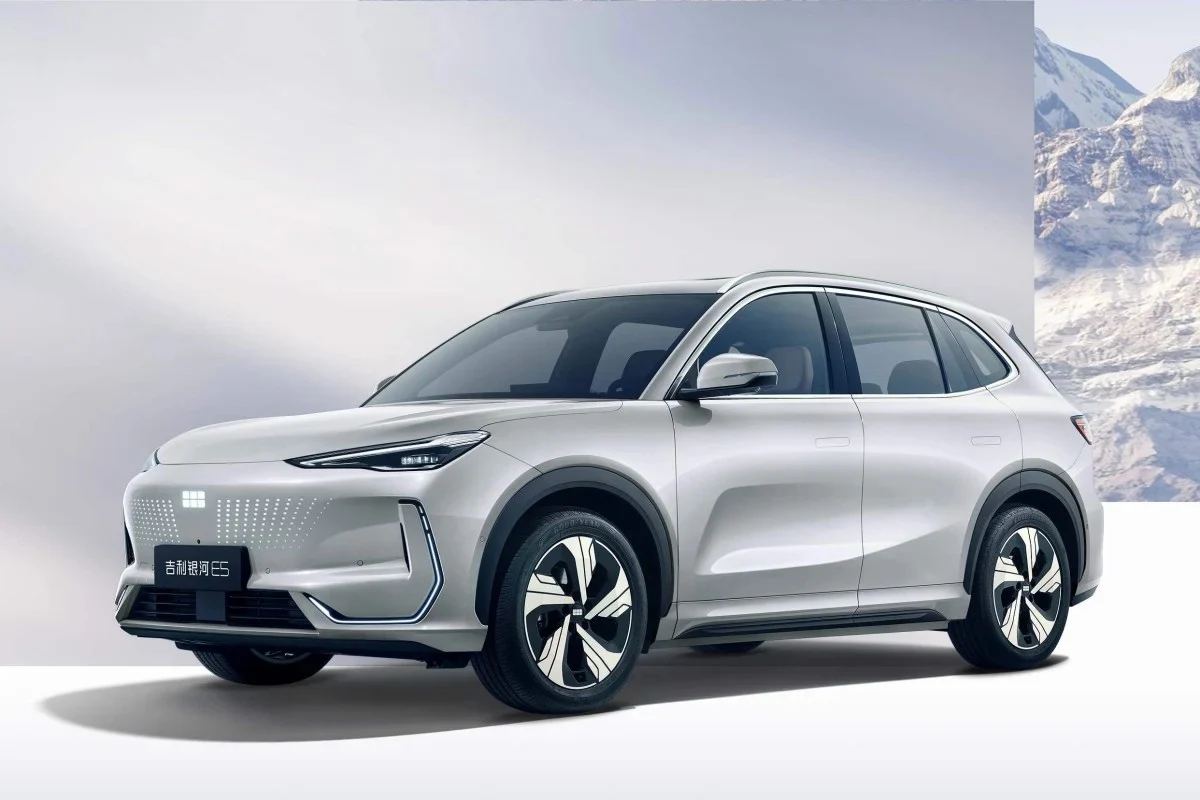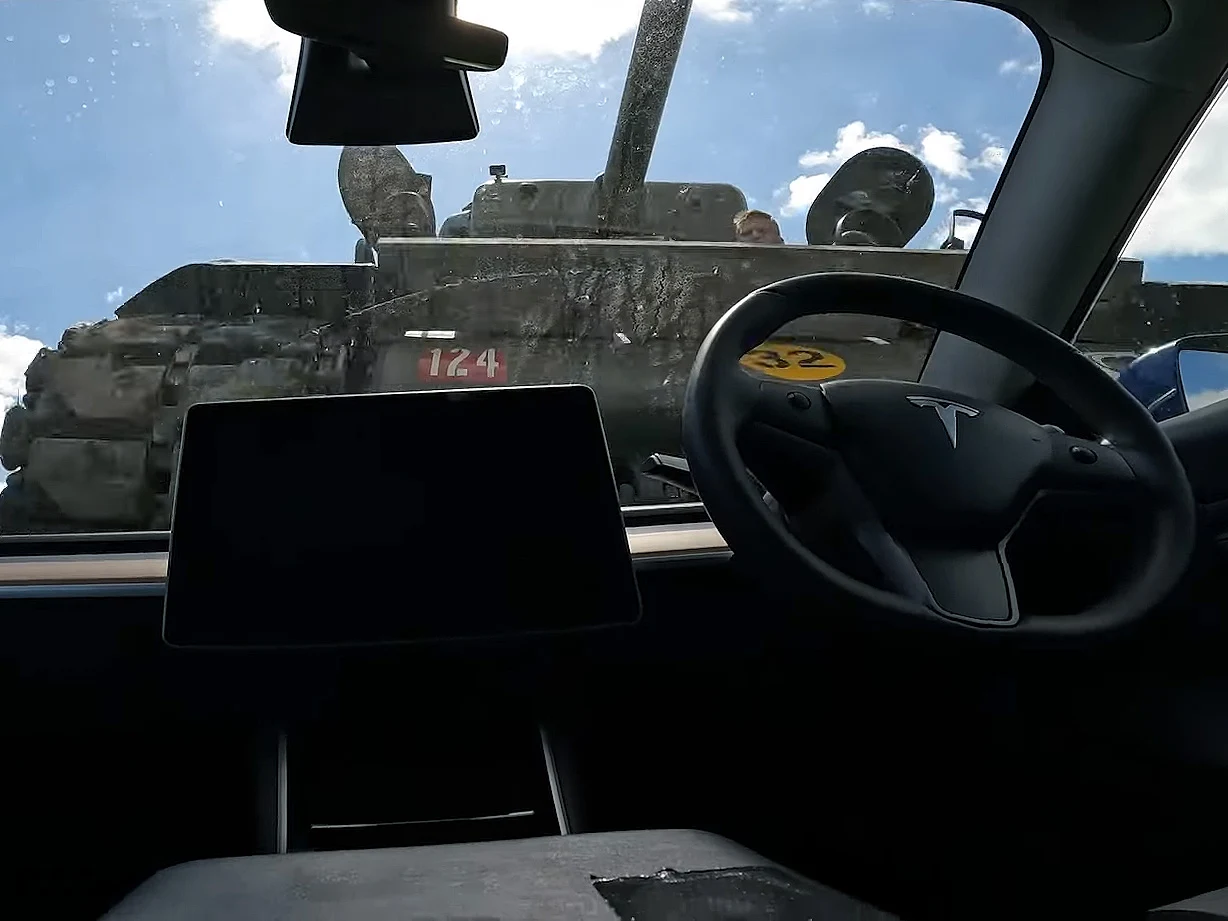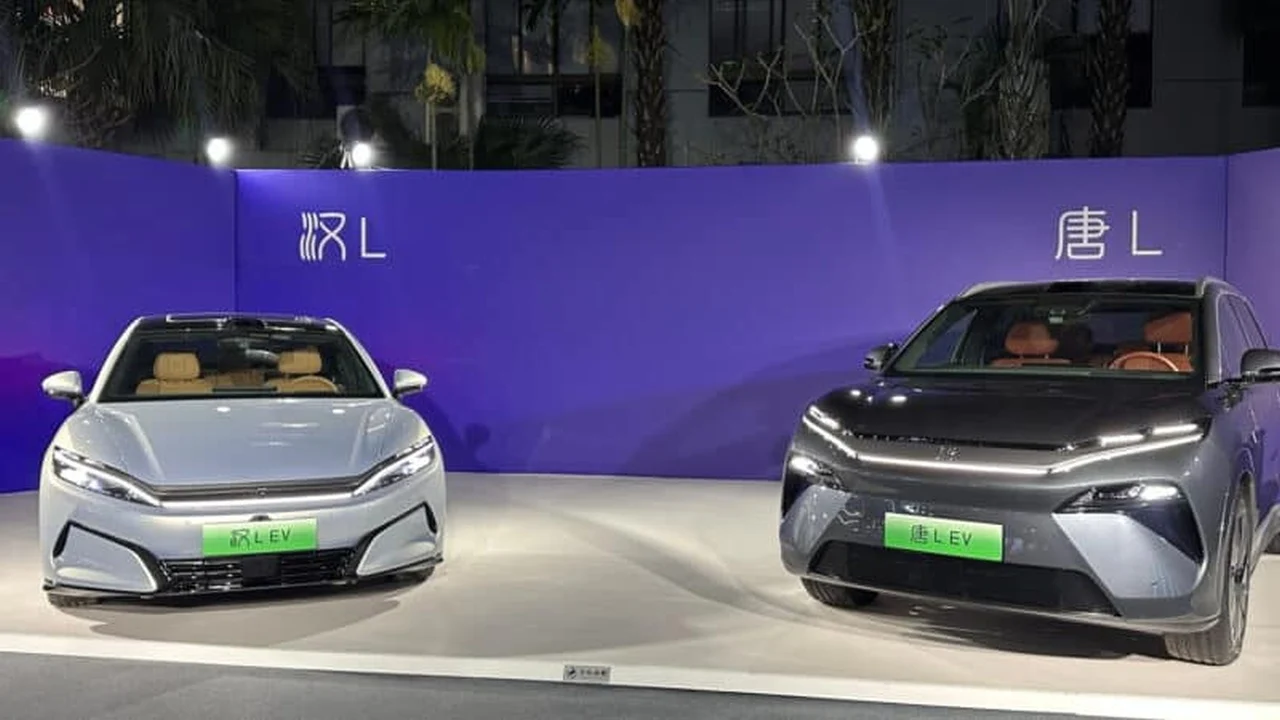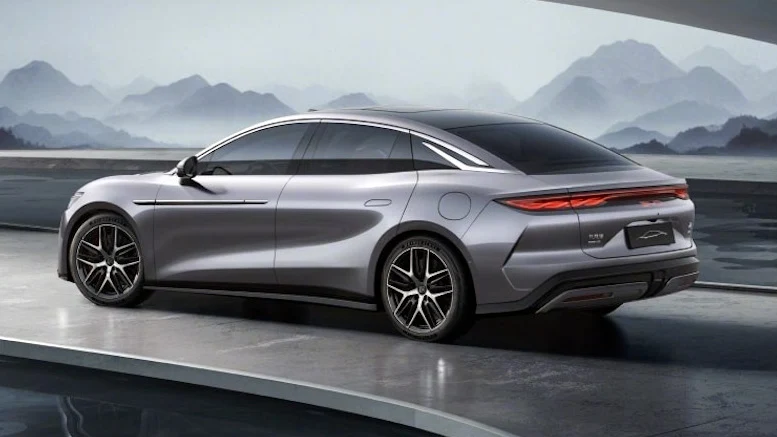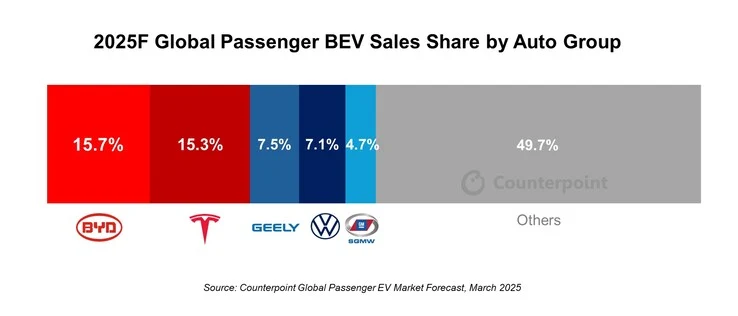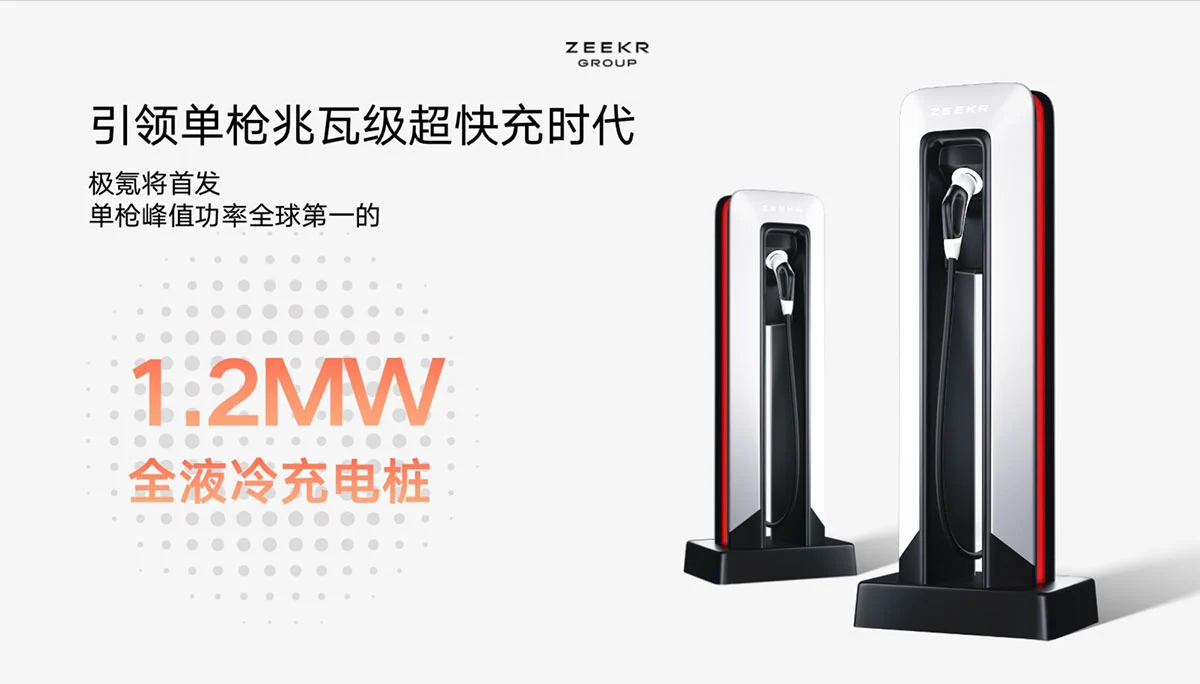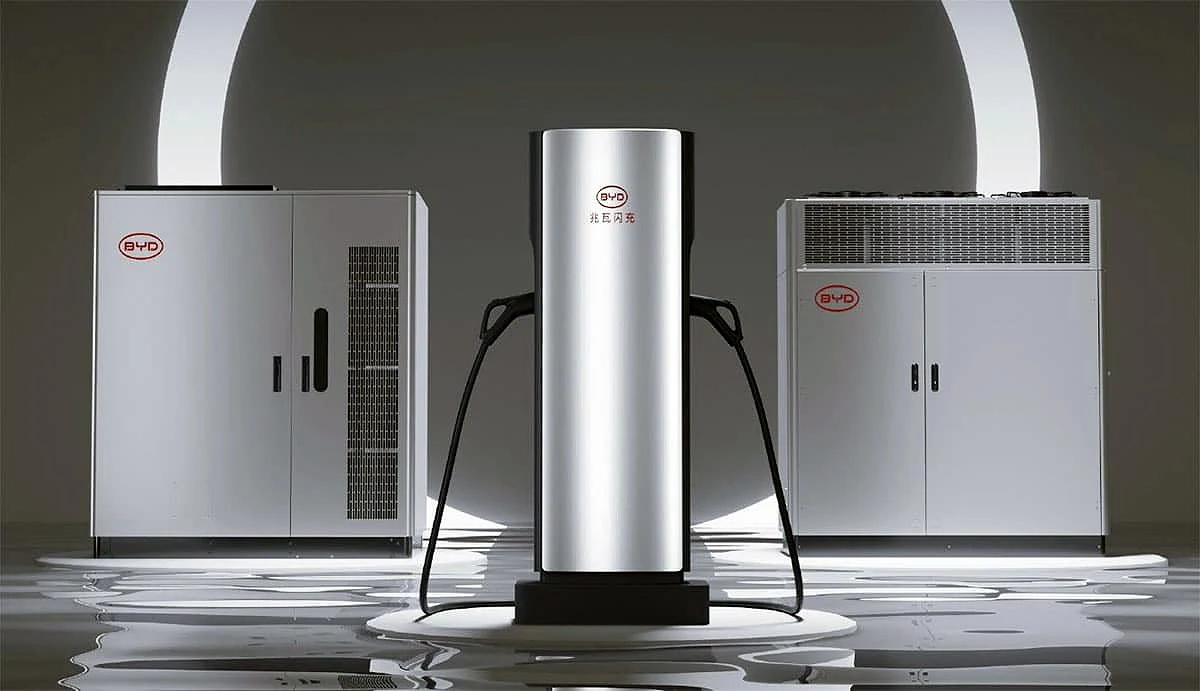Key Takeaways
1. BYD’s new flash charging technology significantly reduces charging time for EVs, benefiting both new and older models.
2. The company will introduce 5-minute charging stations across Europe within the next year, starting from its dealerships.
3. The innovative 1000-volt technology aims to make EV charging as quick as gas refueling, enhancing driver confidence in electric vehicles.
4. BYD is experiencing rapid sales growth in Europe, increasing by about 10 percent each month, as it competes with Tesla.
5. Plans for a manufacturing site, R&D facilities, and regional headquarters in Hungary are underway to strengthen BYD’s presence in the European market.
Chinese electric vehicle (EV) owners are set to enjoy quicker charging times, allowing them to spend more time on the road, thanks to BYD’s new flash charging technology. This innovation from the Chinese car manufacturer is making its way to Europe, where the company’s sales are rapidly increasing.
Exciting Announcement in Brussels
During an event in Brussels, BYD’s VP, Stella Li, announced that the advantages of ultra-rapid charging could also benefit older EV models, which will require around 30 percent less time for a full charge. This is a significant development for EV users looking to maximize their driving experience.
Upcoming Charger Rollout
In the next year, BYD plans to introduce its new 5-minute charging stations across Europe, starting from its dealerships. The company is already in talks with local partners to help speed up this rollout, making it easier for drivers to access these fast chargers.
The innovative 1000-volt flash charging technology aims to make the EV charging experience as quick as refueling at traditional gas stations. Li described this advancement as a potential breakthrough that could enhance drivers’ trust in electric vehicles. Following a launch in March, BYD has already begun the installation of these chargers in China.
Competing for Market Leadership
BYD is striving to take the lead in the European EV market, competing directly with Tesla. Li noted that sales growth in the region is about 10 percent each month. To bolster its presence, BYD is planning to establish a manufacturing site, research and development facilities, and new regional headquarters in Hungary. The firm is dedicated to manufacturing in Europe to better serve the local market.
Source:
Link

